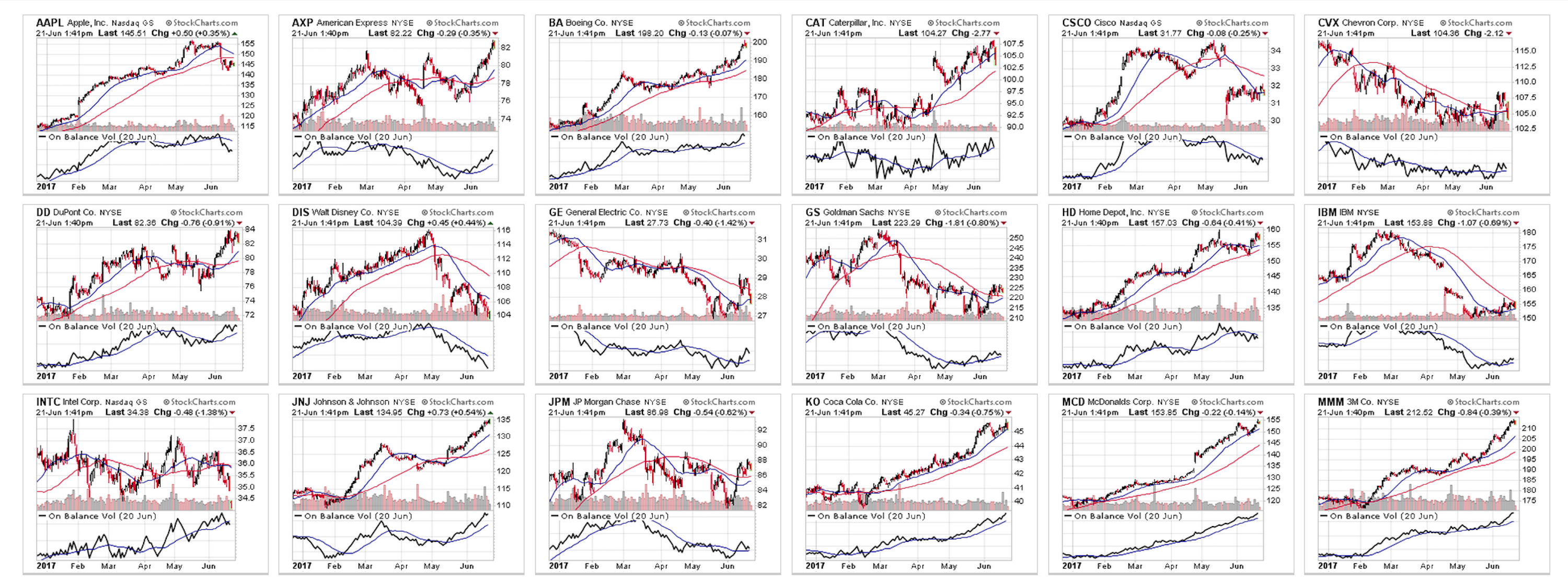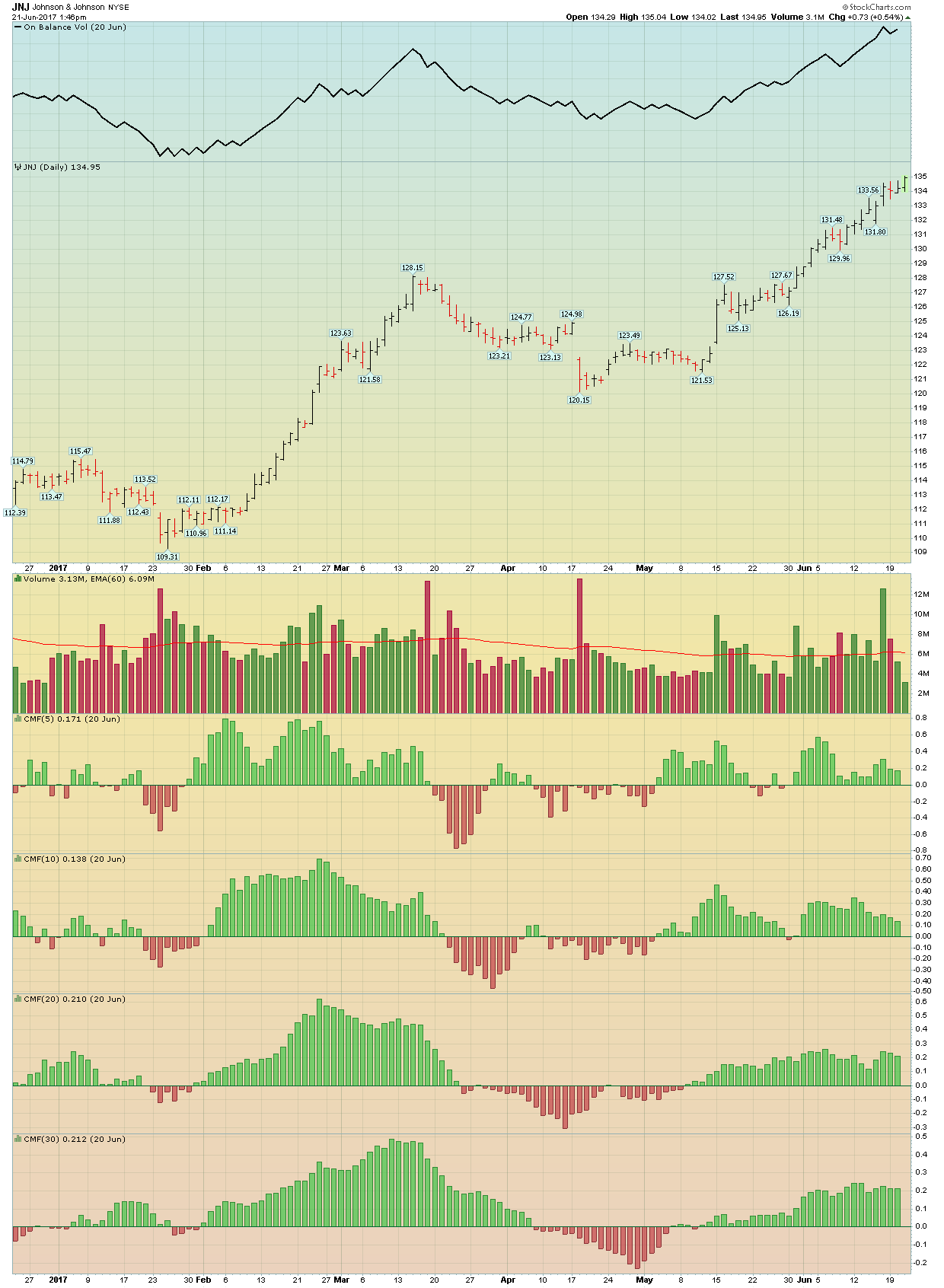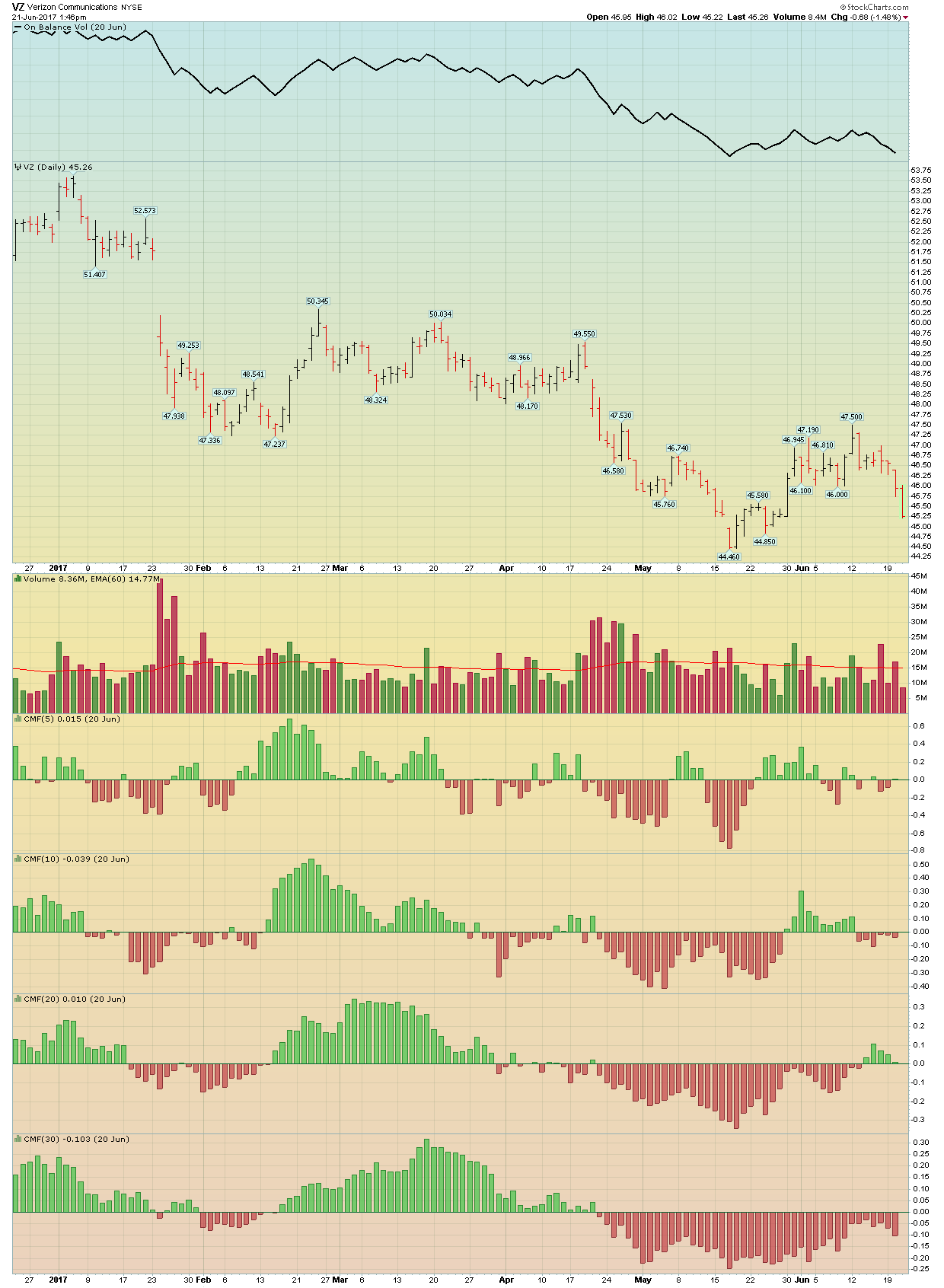 This is all about your fiscal fitness and future financial fate. Pay attention!
This is all about your fiscal fitness and future financial fate. Pay attention!
I’ve written before about the indisputable number of academic studies proving asset allocation is the highest leverage activity that individual investors can focus on. Although this blog will touch upon this, it will be focused instead on the principles of CORE & EXPLORE investing. Though popularized and championed by Vanguard’s founder John Bogle, its origins actually date back to published research done by Schwab in 2000.
John Bogle has been famous for saying “stay the course”. His straight forward methodology for this mantra has been CORE & EXPLORE. Although I applaud his approach, I am not a pure CORE & EXPLORE investor. Since I am willing to seek higher growth and accept more risk, I have added a third category which I label SUPER EXPLORE.
In my situation, this SUPER EXPLORE part of my portfolio is populated exclusively with individual stocks. From the Action Practice #16 exercise, these would be Apple (AAPL) and Amazon (AMZN). Make no mistake: this is speculative investing, and I don’t risk more than I can afford to lose. It is also never more than 10% of my portfolio and seldom more than ten individual positions.
For the EXPLORE portion, which can occupy anywhere from 10 - 15% of my portfolio, I populate it with both passive ETFs and low cost mutual funds. For example, SCZ is a basket of international (non-USA) small cap stocks. POGRX, an actively managed mutual fund, contains large-cap and mid-cap US growth stocks and is run by managers that John Bogle would approve of.
There is a myth in the investing arena that John Bogle only invests in passive indexes. Wrong! In his own words, he approves of EXPLORE portfolios that contain actively managed mutual funds — but “only if they are run by managers who own their own firms, who follow distinctive philosophies, and who invest for the long term without benchmark hugging.”
The essence of this framework is to bear some risk and the growth that comes with it — but not too much risk. The balancing decisions of what are the appropriate proportions in each basket are personal in nature and based on one’s age, wealth, income need, and risk tolerance, as well the amount of time that one can devote to maintaining the framework.
Having said that, the largest basket of assets should reside in the CORE. From the Action Practice #16 exercise, these would be the Vanguard Total Market Index (VTI) and the Vanguard All World Index — ex USA (VEU). These are very large diversified passive index funds with incredibly low fees (virtually no cost) and yields in the 1.5% to 1.8% range. Very attractive indeed.
I recall having coffee years ago with an author who wrote a book about the world of pension fund managers. He told me about having scheduled a lunch with one of these mega-billion dollar managers and, as luck would have it, it was October 6, 2008 when the market dropped over 10% in one day. When he phoned to cancel the lunch — presuming that the pension fund manager would be madly adjusting his portfolios — the manager’s response was, “I’m indexed. Let’s do lunch.” To me, that captures the benefit of a rather simple but effective investing strategy.
I’ll leave you with one of my favorite John Bogle quotes: “The key to whatever success I may have enjoyed…is that the Lord gave me enough common sense to recognize the majesty of simplicity.” The CORE & EXPLORE and SUPER EXPLORE framework is precisely that!
This Week’s Action Practice Exercise:
For those investors who’ve been reading my blogs regularly, you know that I am a big fan of monitoring Money Flow. I find it particularly useful for imminent buy or sell trades and using minute-to-minute data while plotting On Balance Volume (OBV). But for this exercise, we’ll step back a bit.
This week’s Action Practice is to apply Money Flow to a specific universe of equities with the intention of ranking them from most attractive (i.e. positive money flow) to least attractive (i.e. negative money flow).
There are many investors that apply precisely this strategy to a wide variety of equity groups since it forces these investors to focus on one particular group and not be scattered all across the market.
Here we will direct our analysis on the 30 stocks in the Dow Jones Industrial Index.

 For your consideration, I’m presenting two examples. Johnson & Johnson (JNJ) which is showing positive Money Flow versus Verizon (VZ) which is not.
For your consideration, I’m presenting two examples. Johnson & Johnson (JNJ) which is showing positive Money Flow versus Verizon (VZ) which is not.

 Your objective is to pick the three most attractive and three least attractive equities in the Dow 30 Index based on Money Flow. Good luck!
Your objective is to pick the three most attractive and three least attractive equities in the Dow 30 Index based on Money Flow. Good luck!
Trade well; trade with discipline!
- Gatis Roze, MBA, CMT
- Author, Tensile Trading: The 10 Essential Stages of Stock Market Mastery (Wiley, 2016)
- Presenter of the best-selling Tensile Trading DVD seminar
- Presenter of the How to Master Your Asset Allocation Profile DVD seminar
- Developer of the StockCharts.com Tensile Trading ChartPack
